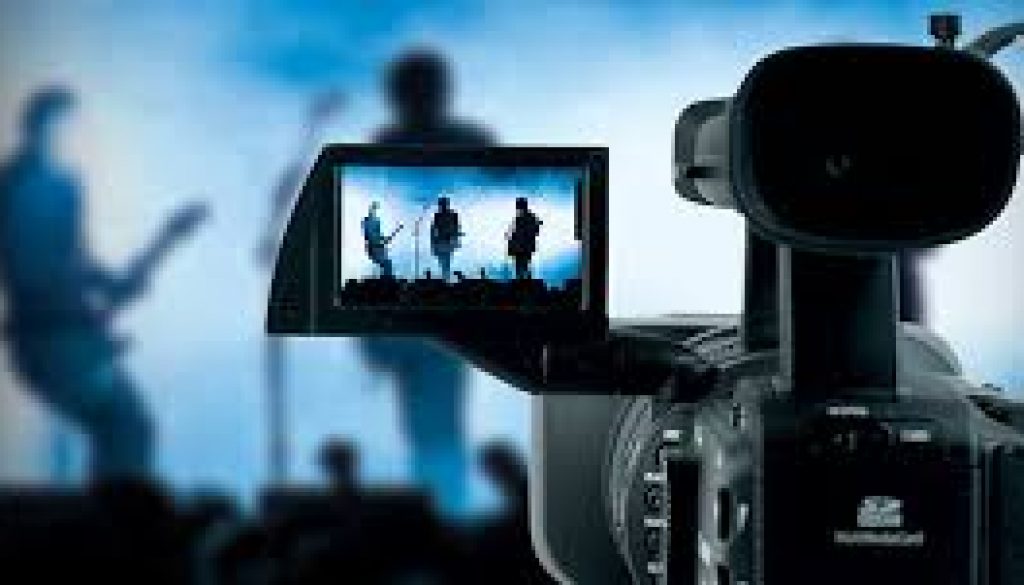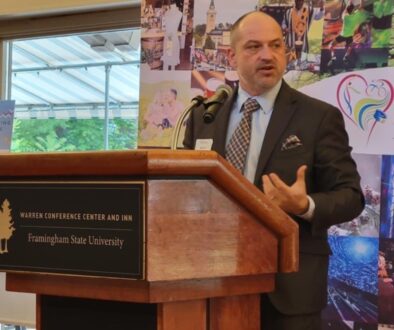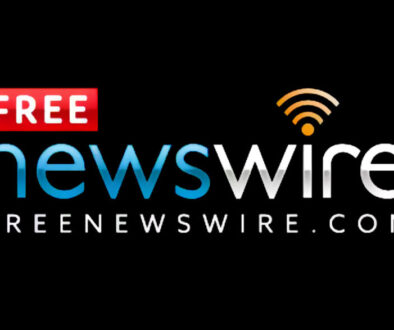HOW TO MAKE 8-FIGURES THROUGH A SINGLE LIVESTREAM EVENT! (PT 1)
HOW TO MAKE 8-FIGURES THROUGH A SINGLE LIVESTREAM EVENT!
Part I: The History of Pay-Per-View
By N. D. “Indy” Brennan
In order to place the concept of “pay-per-view” special event broadcasting into its proper perspective, it may be interesting to find out how far back this business model dates and how, even from its inception, it was viewed as an unprecedented revenue generating opportunity. So, let’s take a moment to consider the history of pay-per-view live event broadcasting and the individuals who were pivotal in the advancement and promotion of this dynamic entertainment medium.
First of all, pay-per-view home entertainment has an unexpectedly extensive history. And though many would presume that its roots might be grounded in live musical performances, the truth is that professional boxing is the entertainment genre that assisted in laying the foundation of this highly lucrative medium. In its heyday, professional boxing was one of the most sought-after forms of entertainment in the world. As early as the 1960s, this unrivalled financial resource established wealth within places and individuals you would never expect.
Pay-per-view is a financial vehicle imbued with the unmitigated ability to transform a small business or group of individuals into billionaire corporations or business moguls practically overnight. Likewise, pay-per-view home entertainment has always had the power to influence and entertain millions within minutes from the early broadcasting days of conventional cable television to today’s livestream performances across new age devices.
Pay-Per-View (PPV) Event History
The first home pay-per-view cable television broadcast was the rematch of Floyd Patterson versus Ingemar Johansson in 1960. A 10-year-old media company, TelePrompTer, charged approximately 25,000 fans $2 each to watch Patterson regain his heavyweight title through pay-per-view television broadcasting. And while $2 may sound like a modest ticket price by today’s standards, the company’s gross return of $50,000 would be the equivalent to $439,662 today – an amazing feat for an unprecedented platform with modest national marketing capabilities. In fact, it is said that by the third match between the two boxers in 1961, 100,000 paid cable subscribers viewed the exhibition.
But the fighter who arguably made the greatest contribution to the advancement of pay-per-view home entertainment was the great Muhammed Ali. It is not known whether it was his early boxing promoters, the television networks or The Champ himself that encouraged this platform, but Muhammed Ali fought in at least two bouts via pay-per-view home television beginning as early as in the 1960s. Under his birth name, the fighter once known as Cassius Clay contended with Doug Jones in 1963. Then in 1964, 250,000 fans paid to view Muhammed Ali take on Sonny Liston.
Meanwhile In 1967, famed boxing promoter, Don King, was convicted of voluntary manslaughter for allegedly stomping one of his employees to death. King consequently served three years and eleven months inside of an Ohio state prison. But in 1975, just three years following his release, Don King negotiated one of the biggest fights of the decade, Mohammed Ali versus “Smokin” Joe Frazier, more notably referred to as “The Thrilla in Manila.” This bout was the acclaimed sequel to his previously titled “Rumble in the Jungle.” While the fight was physically held in the east Asian country of The Philippines, King envisioned the event as one that could be experienced around the world. The result was more than 1 billion people watched the fight. 100 million watched on closed circuit theatre television and 500,000 HBO subscribers paid an additional charge to watch this legendary battle between these two boxing titans. This is why Muhammed Ali and Don King are considered two of the leading early influencers for the establishment of pay-per-view home entertainment as we understand it today.
Even with that being said, September 16, 1981 is still credited as the date the first “major” pay-per-view event was publicly broadcasted. The event was a spectacular boxing match between two legendary boxing greats for the World Welterweight championship: Sugar Ray Leonard verses Thomas “Hitman” Hearn. A worldwide audience of more than 300 million people watched the pay-per-view fight. This single worldwide broadcast grossed more than a billion dollar for the night.
The cost to facilitate the magnitude of these broadcast easily exceeds millions of dollars today when considering promotion, regulation fees, broadcasting rates, and so on. Likewise, pay-per-view broadcasting has transcended the boxing arena. Pay-per-view now reaches into the areas of motivational speaking, professional conferences, martial arts and wrestling, and performance entertainment. Up until recently, pay-per-view broadcasting was generally monopolized by the larger networks and cable companies. For the average promoter, artist, or label, this type of financial investment is generally reserved for exceptionally popular performers, and, even then, there are mountains of red tape, bureaucracy, and industry politics that one must cut through before an event can simply be approved.
But with the emergence of 5G and IPv.6 Internet networks and technologies, many of the traditional expenses and corporate headaches are significantly reduced. This, in turn, opens up a world of opportunity to performing bands and artists as well as record labels, live performance venues, and event promoters that did not previously exist. Today, signed and independent artists alike have the potential to generate tour-like revenue from a single night’s livestream performance.
History teaches us that pay-per-view live entertainment continues to offer earnings that other performance platforms simply cannot begin to reach. Pay-per-view is as potentially profitable today in the Beyonce and Tyson Fury era as it was in Muhammed Ali’s heyday. The primary difference is pay-per-view broadcasting online is a fraction of traditional cost, exposure is now immediately global, and access is suddenly in the palm of your hand.
***
N. D. “Indy” Brennan is the live event coordinator and senior digital marketing executive for MADDCity.Live. His experience with live event performance streaming dates back to the late 1990s. For more information from N. D. “Indy” Brennan or to assist with your next livestream concert event, send your emails to ndbrennan@maddcity.live.




